DG Process Updates and General Notifications
As of January 23, 2025, Level 2 Additional Reviews will increase from $500 to $1,000. This increase reflects actual cost of the review.
Effective as of December 11, 2024, the Maine Public Utilities Commission established a $40.00 “Interconnection Ombudsman Fee”. For your application to be considered complete, please submit this fee in addition to the Interconnection Application fee.
* Please send all related inquiries to: dginterconnections@versantpower.com



